AstroPhotography
Astrophotography is a captivating hobby that unveils the cosmos' beauty through your telescope's lens. Capture breathtaking images of stars, planets, and galaxies, turning the night sky into your canvas. Astrophotography offers a unique blend of science and art.
The patience required for long-exposure shots, the thrill of unveiling hidden details, and the sense of connection to the vast cosmos make astrophotography a rewarding and fulfilling pursuit. Join the ranks of stargazers and turn your passion for the night sky into mesmerizing visual stories, be they wide-field, planetary, deep sky, or lunar astrophotography.
A Brief History of Astrophotography
Astrophotography has significantly evolved since the early experiments of pioneers like Daguerre and Draper, who captured the Moon in the 19th century. Interest in astrophotography has grown a great deal over the past century due to advancements in film technology enabling detailed images of planets and galaxies.
The digital age further democratized astrophotography, bringing the cosmos closer to enthusiasts. Today, armed with advanced cameras and telescopes, astrophotographers unveil the mysteries of the universe, blending technology and passion to capture the breathtaking beauty of the night sky.
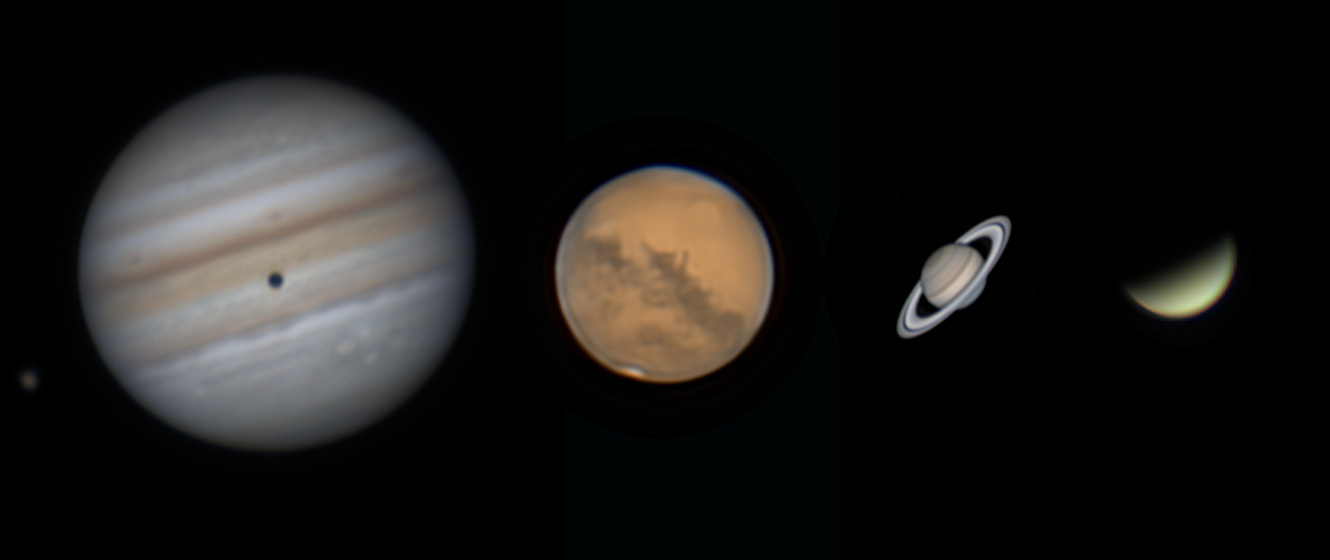
Astrophotography's art form transforms stargazing into a visual odyssey through precision optics and dedicated cameras. Unleash the potential of your telescope by delving into astrophotography, bridging the gap between awe-inspired observation and tangible celestial art. At High Point, we offer the tools and expertise to elevate your stargazing experience through the captivating lens of astrophotography.
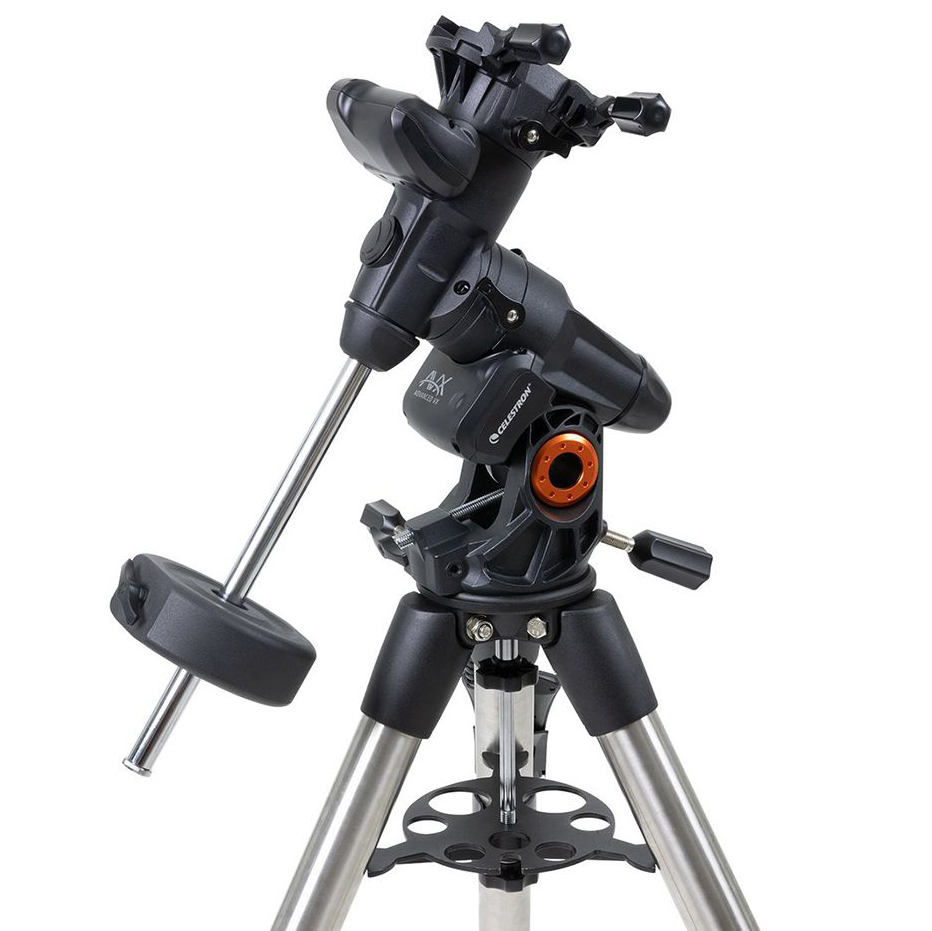
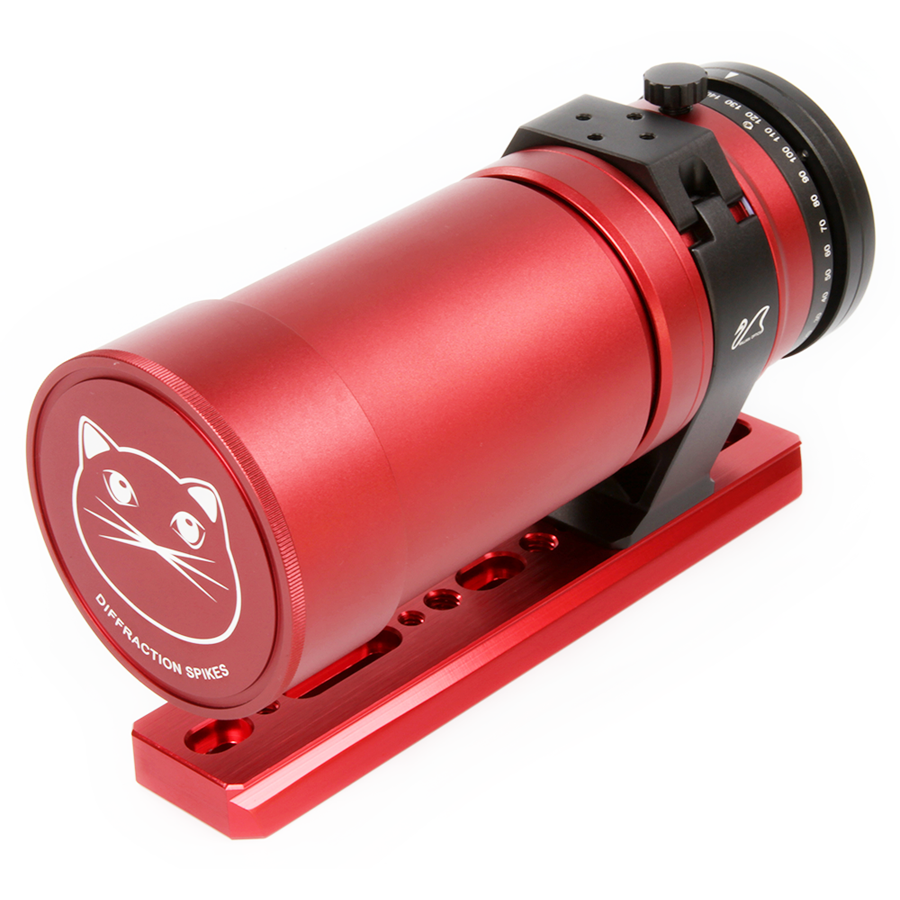
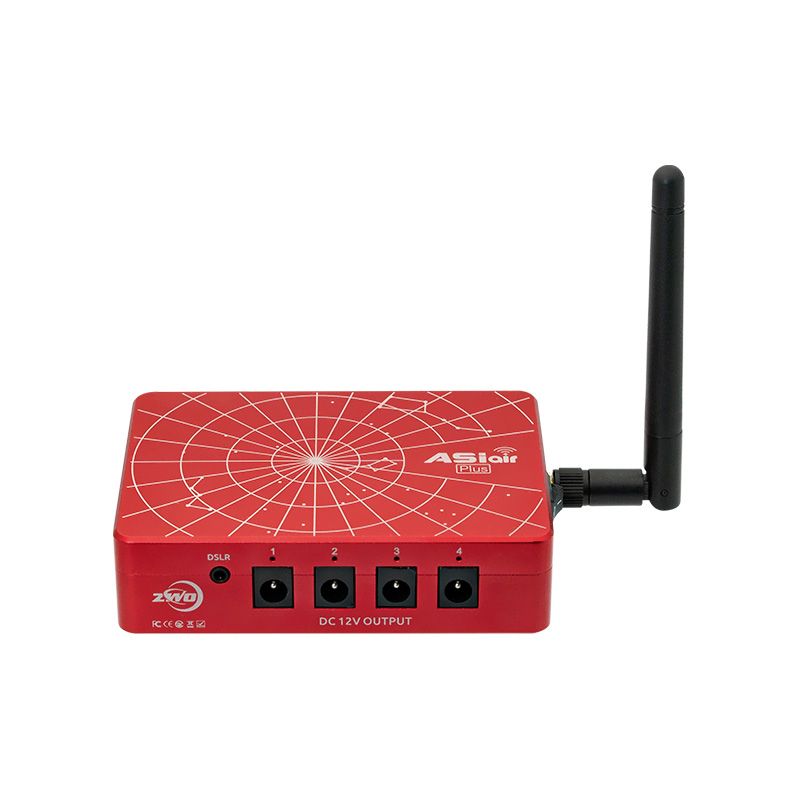
Taking astrophotography comes with expectations. It requires time and patience. Be prepared to invest time in perfecting your craft. Each session provides an opportunity to refine your skills and techniques. Take note that clear, dark skies are essential for successful astrophotography.
Interested in Getting Into Astrophotography?
At High Point, we recommend the following essential knowledge and equipment for Astrophotography.
Start Simple
For beginners, start with wide-field astrophotography before delving into deep-sky imaging. Capture constellations, the Moon, or star trails to build foundational skills and familiarity with your equipment.
Invest in Quality Equipment
While you don't need the most expensive equipment, investing in a good telescope or camera with manual settings can significantly enhance your results. Consider a DSLR or a dedicated astrophotography camera for better control over exposure settings.
Use a Sturdy Mount
A stable and reliable mount is crucial for capturing sharp images. There are two main telescope mount types: Equatorial mounts and Alt-Azimuth mounts. Adding accessories to your setup will make a great difference too.
Learn Basic Post-Processing
Post-processing is a fundamental aspect of astrophotography. Familiarize yourself with basic editing tools to enhance your images. Achieving success in astrophotography requires precision and dedication. Focus is paramount, and live view mode is used to magnify a bright star for pinpoint accuracy. Experimenting with ISO settings ensures an optimal balance between capturing light and minimizing noise. Integrating calibration frames, including dark, flat, and bias frames, enhances image quality during post-processing. Regular practice is fundamental to refining skills and adapting to diverse conditions.
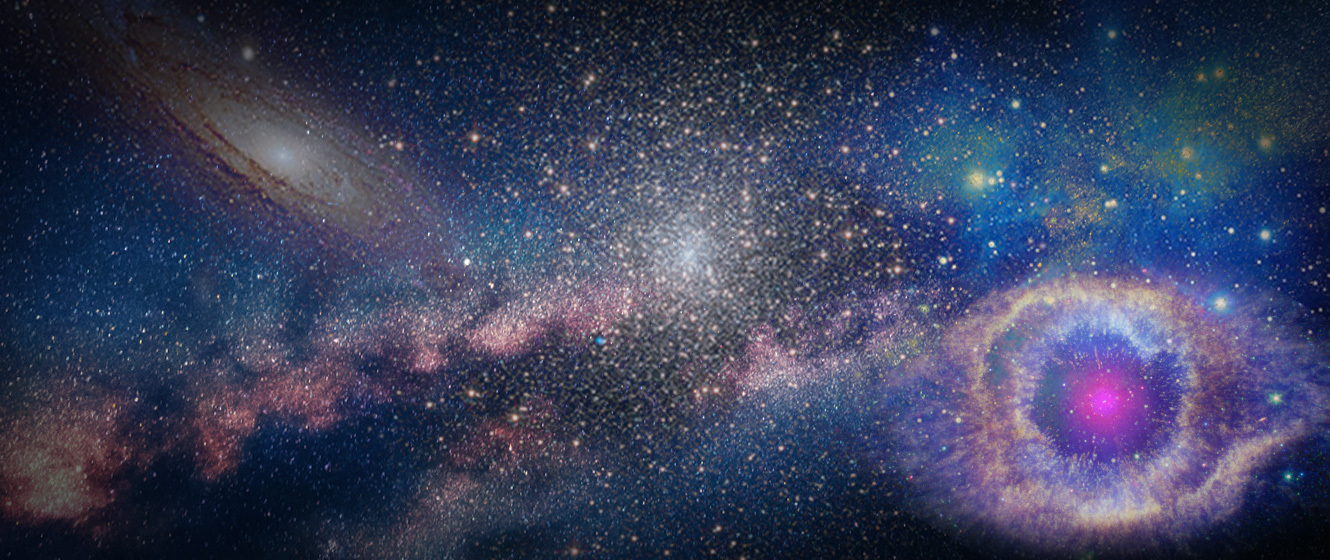
Join the Community
Lastly, connecting with the astrophotography community through online forums or local clubs provides valuable insights and fosters collaborative learning, enriching the journey of capturing the celestial wonders.






